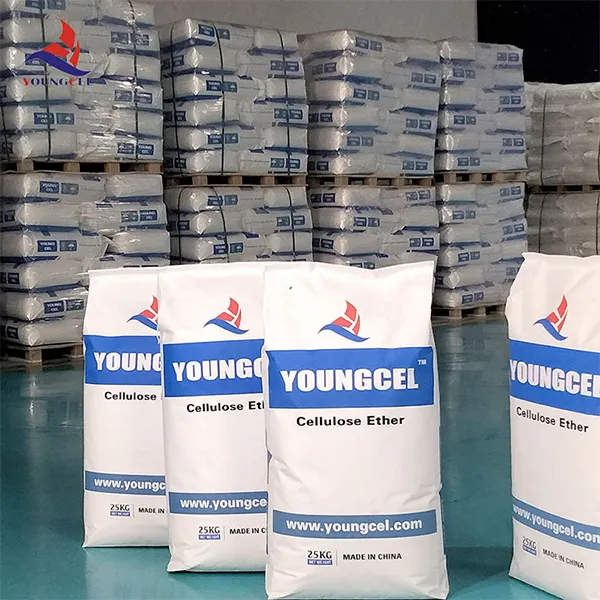The Role of Hydroxypropyl Methylcellulose in Chemical Adhesives
Hydroxypropyl Methylcellulose (HPMC) is a versatile cellulose ether that has gained significant popularity in the field of chemical adhesives. Its unique properties make it an ideal choice for various adhesive formulations, offering enhanced performance in numerous applications. This article will explore the characteristics of HPMC, its function in adhesives, and the benefits it brings to various industries.
HPMC is derived from natural cellulose, a polymer that forms the structural component of plants. The modification process involves reacting cellulose with propylene oxide and methyl chloride, resulting in a compound with improved solubility and stability. This chemical modification enhances HPMC’s ability to interact with water, making it a popular choice in formulations requiring thickening, binding, or film-forming properties.
The Role of Hydroxypropyl Methylcellulose in Chemical Adhesives
HPMC also serves as a rheology modifier in adhesives. By controlling the flow properties of the adhesive, HPMC aids in achieving the desired consistency and application characteristics. This is particularly important in industries such as construction and automotive, where the ease of application and adherence to surfaces can significantly affect the overall performance of adhesive systems. The ability of HPMC to provide a non-Newtonian flow behavior allows for easy application through spraying or brushing, while also ensuring a strong bond once the adhesive cures.
chemic adhes hpmc

Additionally, HPMC has excellent film-forming properties. Once the adhesive has been applied and dried, HPMC forms a continuous film that enhances the strength and durability of the bond. This characteristic is particularly beneficial in applications such as tile adhesives, where the adhesive must withstand various stresses and strains once installed. The film created by HPMC not only aids in adhesion but also provides a degree of flexibility, allowing for the accommodation of movement without compromising the bond.
Another advantage of using HPMC in adhesive formulations is its non-toxic nature. As a derivative of cellulose, HPMC is biodegradable and poses minimal environmental impacts compared to synthetic adhesives. This makes HPMC an attractive option for eco-conscious industries and applications, such as the production of biodegradable packaging materials and sustainable building products.
HPMC is also compatible with a wide range of other ingredients, allowing formulators to create customized adhesive systems tailored to specific applications. Whether used in construction, woodworking, or even pharmaceutical applications, HPMC can be adjusted in concentration and modified to match the necessary properties, creating a versatile adhesive solution.
In conclusion, Hydroxypropyl Methylcellulose plays a critical role in the formulation of chemical adhesives. Its unique properties, including water retention, film formation, and rheological modifications, make it an indispensable ingredient in various industries. As businesses continue to prioritize sustainability and performance, the use of HPMC will likely increase, paving the way for more innovative adhesive solutions that meet modern demands. By harnessing the power of HPMC, manufacturers can enhance the efficiency, strength, and environmental performance of their adhesive products in a rapidly evolving market.
-
The Application and Significance of Construction RdpNewsMay.19,2025
-
Industrial Grade HpmcNewsMay.19,2025
-
Building Coating Adhesive Building Coating Adhesive HpmcNewsMay.19,2025
-
Application Of Hpmc For Detergent For Detergent In DetergentsNewsMay.19,2025
-
Application Of Hpmc Cellulose In Cement-Based MaterialsNewsMay.19,2025
-
Application Of High Quality Hpmc For Construction In The Field Of ConstructionNewsMay.19,2025




